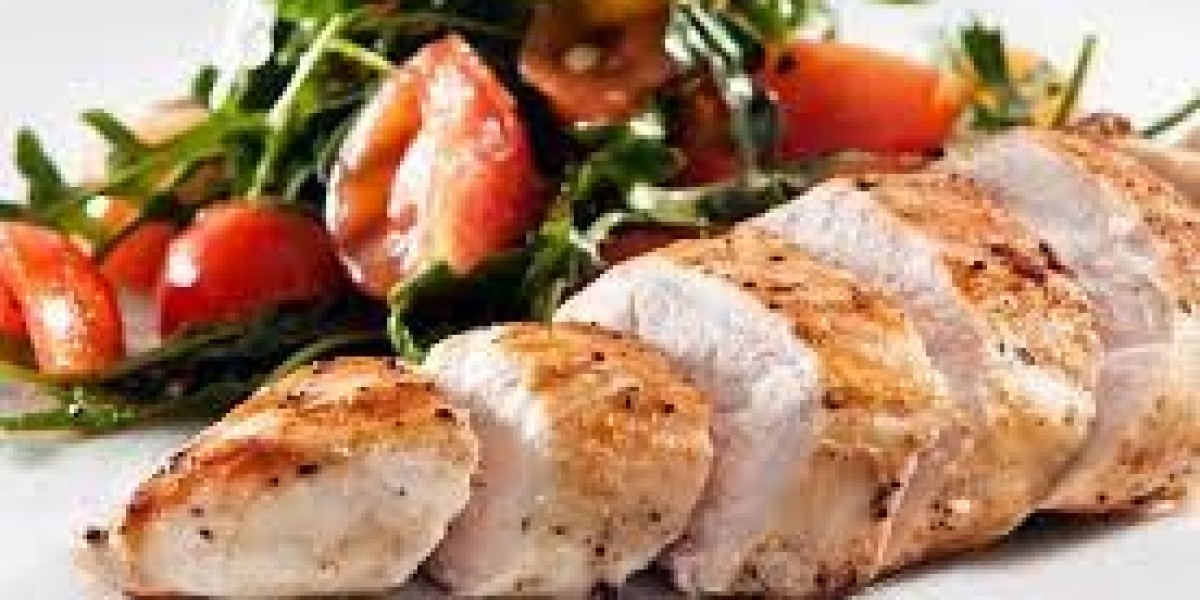The carnivore diet is a restrictive eating plan that focuses on consuming only animal-based foods, eliminating all plant-based foods such as fruits, vegetables, grains, legumes, and even nuts. While this approach is quite extreme, it has gained popularity due to its potential health benefits, including weight loss, improved mental clarity, and reduced inflammation. If you're considering adopting the carnivore diet, having a clear meal plan can help you stay on track and ensure you're meeting your nutritional needs.
In this article, we will provide a comprehensive carnivore diet meal plan, including sample meals for each day, tips on variety, and guidance for getting started on the diet.
What Does the Carnivore Diet Consist Of?
The foundation of the carnivore diet is animal-based foods. This includes:
- Beef (ground beef, steaks, roasts, etc.)
- Pork (bacon, pork chops, sausage, etc.)
- Lamb
- Poultry (chicken, turkey, duck)
- Fish and seafood
- Eggs
- Animal fats (butter, ghee, lard, tallow)
- Some dairy (optional for those who tolerate it, such as cheese, heavy cream, or full-fat yogurt)
The diet eliminates all plant-based foods, including fruits, vegetables, grains, legumes, and processed foods. While some versions of the carnivore diet allow for dairy or small amounts of seasonings, the stricter version excludes these as well, focusing solely on meat and animal products.
Sample Carnivore Diet Meal Plan for a Week
Here’s an example of what a week on the carnivore diet might look like. The meal plan focuses on whole, nutrient-dense animal products and offers variety within the limitations of the diet.
Day 1
- Breakfast: 3 scrambled eggs cooked in butter with a side of bacon.
- Lunch: Ribeye steak with a side of beef liver (high in vitamins A, B12, and iron).
- Dinner: Grilled salmon with butter, and a side of ground beef patties.
Day 2
- Breakfast: 2 hard-boiled eggs and pork sausages.
- Lunch: Grilled chicken thighs with skin, cooked in ghee.
- Dinner: Beef brisket with a side of shrimp cooked in butter.
Day 3
- Breakfast: Beef bacon and 2 fried eggs.
- Lunch: Lamb chops with a side of cottage cheese (optional for those who tolerate dairy).
- Dinner: Pork ribs with a side of baked salmon.
Day 4
- Breakfast: Ground beef cooked with butter, topped with a fried egg.
- Lunch: Roasted chicken breast with skin and a small portion of cheese (optional).
- Dinner: Baked cod fillets with butter and a side of ground turkey.
Day 5
- Breakfast: 3 scrambled eggs with beef sausage and butter.
- Lunch: Beef steak (New York strip or sirloin) with a side of shrimp sautéed in animal fat.
- Dinner: Pork belly with a side of pan-seared liver.
Day 6
- Breakfast: Pork belly with 2 poached eggs.
- Lunch: Grilled lamb steak with a side of scrambled eggs.
- Dinner: Roasted duck with skin and a side of grilled sardines.
Day 7
- Breakfast: 3 boiled eggs and a slice of cheddar cheese (optional).
- Lunch: Grilled ribeye steak with butter and a side of smoked salmon.
- Dinner: Roasted chicken with skin, and a side of ground beef patties.
Meal Plan Tips for the Carnivore Diet
Focus on Variety: While the carnivore diet is restrictive, it’s important to include a variety of animal products to ensure you're getting a broad spectrum of nutrients. Don’t just stick to beef—incorporate pork, poultry, lamb, seafood, and organ meats. Organ meats, like liver and kidney, are especially nutrient-dense and can help prevent nutrient deficiencies.
Consider Nutrient-Dense Foods: Foods like liver, egg yolks, and fatty fish (such as salmon) are particularly rich in vitamins and minerals that can support overall health. Organ meats provide essential nutrients like Vitamin A, B12, and iron, which are sometimes harder to get from muscle meats alone.
Animal Fats Are Key: Animal fats are crucial for energy, satiety, and overall health on the carnivore diet. You can use butter, ghee, lard, tallow, or fatty cuts of meat like ribeye or pork belly to increase your fat intake.
Stay Hydrated: Since the carnivore diet eliminates plant-based foods, it's important to drink plenty of water to stay hydrated. Adding salt to your meals or drinking bone broth can help replenish electrolytes lost through urine.
Use Simple Seasonings: While some versions of the carnivore diet avoid all seasonings, most people use minimal spices and seasonings to enhance flavor. Simple seasonings like salt, pepper, and garlic powder are generally considered acceptable. You can also use animal fats to cook and flavor your meals.
Pay Attention to Portion Sizes: Since the carnivore diet eliminates processed foods and carbs, you may naturally feel fuller on fewer calories. However, be mindful of your portion sizes and listen to your body’s hunger signals. While you may eat more food than usual initially, the diet may help you feel satiated for longer periods, which could result in a natural reduction in overall calorie intake.
Monitor Your Health: The carnivore diet can be very low in certain nutrients, especially fiber, vitamins C and E, and magnesium. While the diet provides many essential nutrients, it's important to listen to your body and monitor your health over time. If you're concerned about any potential deficiencies or side effects, consult a healthcare provider.
Common Challenges and How to Overcome Them
While the carnivore diet can provide numerous benefits, it’s not without its challenges. Here are a few common issues you may encounter and tips to overcome them:
Digestive Issues: Some people experience constipation or other digestive issues due to the lack of fiber. Drinking plenty of water, adding electrolytes, and incorporating fatty cuts of meat can help alleviate some of these problems. If constipation persists, you may want to include small amounts of organ meats like liver, which can support digestion.
Cravings for Carbs: Initially, you may experience cravings for carbohydrates, especially if you’ve been eating a high-carb diet for a long time. To combat this, focus on increasing your fat intake, as fat can help you feel more satiated and reduce carb cravings. The cravings usually subside after a few days or weeks as your body adjusts to burning fat for fuel.
Social Situations: The carnivore diet can be challenging in social settings, where plant-based foods are common. It’s a good idea to plan ahead, bringing your own meat-based dishes to parties or restaurants, or simply explaining your dietary choices to others.
Conclusion
The carnivore diet offers a unique and highly restrictive approach to eating that focuses solely on animal-based foods. While it’s not suitable for everyone, those who adopt this eating plan can benefit from potential weight loss, improved mental clarity, and reduced inflammation. A carefully planned carnivore meal plan ensures variety, prevents nutrient deficiencies, and helps keep the diet sustainable over time.
If you're considering the carnivore diet, use this meal plan as a guideline to get started. Remember to listen to your body and consult a healthcare provider if you have any concerns or specific health conditions before making significant dietary changes.








